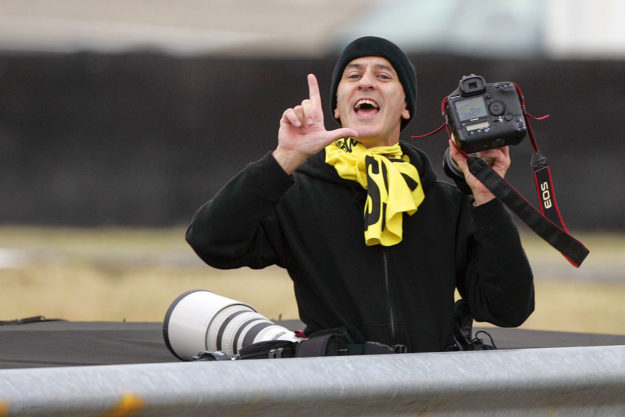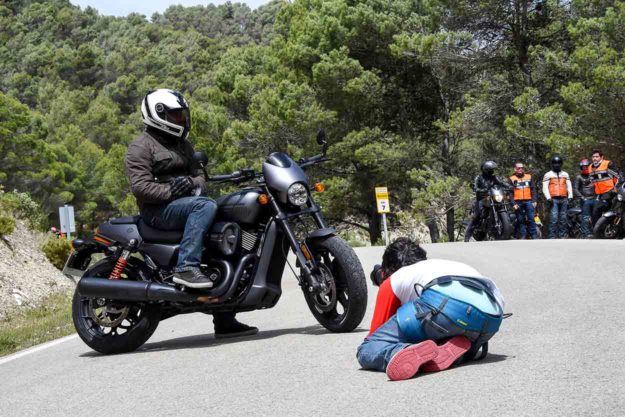
Every time we road test a new motorcycle, our words are bolstered by a slick, sharp set of photos. But the twenty or so shots you see are just the tip of the iceberg.
We’re usually supplied with dozens more images, which have been selected and edited down from literally thousands of shots of all the journalists at the bike launch.
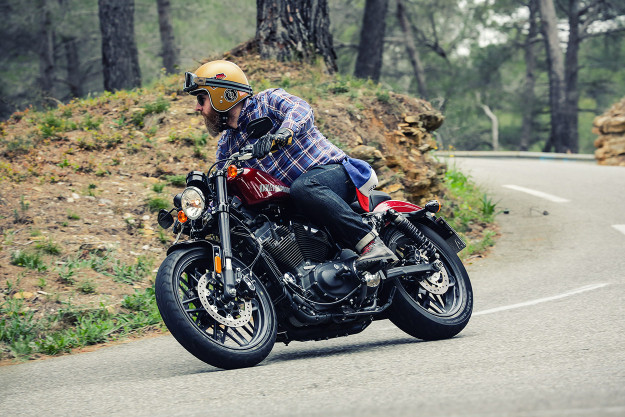
It’s a big operation, requiring unusual skills and a lot of experience to control. In the case of the huge Harley-Davidson Softail launch a few weeks ago, the man in charge was Stefano Gadda.
Stef also shoots for BMW, Triumph and Yamaha, plus car makers like Mercedes and Range Rover, and magazines such as Men’s Health. We asked him how he gets his shots, and how he deals with the pressure of a major motorcycle launch.

How did you get into this line of work? I’ve been freelancing since 1988. I wanted to adapt my job to the market, expanding beyond photography with services like video, scouting, transport, event management and marketing. Several professionals now work with me—an agile and fast team.
Where are you based? My office is in Ternate, between Lake Varese and Lake Maggiore in Lombardy, Italy. Varese is a land full of bike history and motorcycle industry companies. That’s where I coordinate all the collaborators in my agency.

How big is your crew for an event like the Softail launch? It depends how the event is managed. For the Softail press ride, Harley wanted to have as many pictures as possible without wasting time—so the journalists don’t get bored. And two separate routes with different locations and environments. So we had two photographers in each location, but on different corners, all taking pictures at the same time.
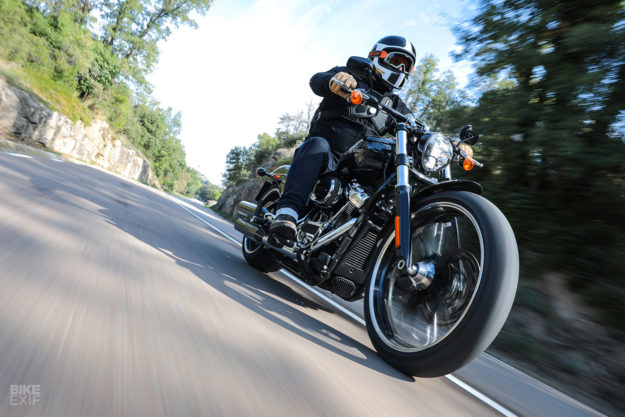
The problem was to manage all the images: 1,600 to 2,000 a day for each photographer. We had to select and edit, and then upload them to flash drives within a few hours. It was necessary to have four photographers and two photo editors.
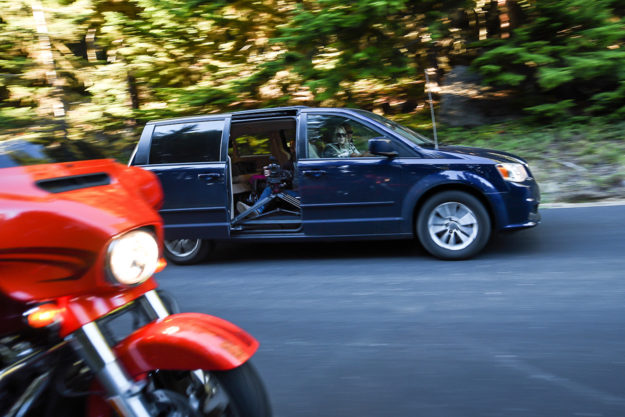
How do you handle the tracking shots? It’s better if a photographer drives the car, because he knows what’s necessary for the photographer who is shooting! We provide a harness, rope, carabiners, walkie-talkies, hi-vis vests, first aid bags, marking cones, and so on. Just to be safe and visible on the road.
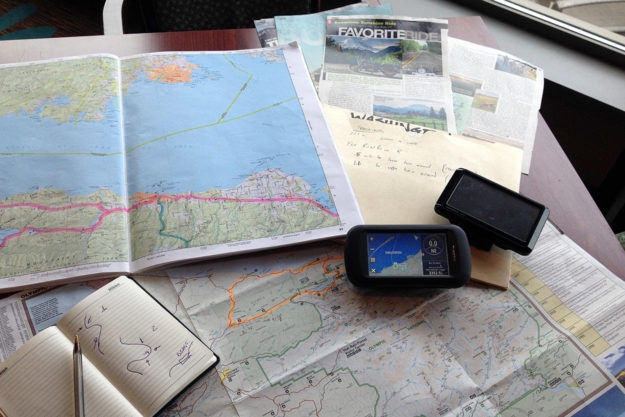
So you get notice of an impending launch. What happens next? Sometimes you go to the location and follow a route that someone has already previewed. Other times, you do a recce: a few long days to look for the best roads for the bikes, journalists and client.
You have to look for shortcuts for the photographers, petrol stations for fuel, and bars and restaurants along the way. I research the general area online, and then specifically with Google Maps and print maps, and read magazines that have reported on trips in that area. It’s very important to check as much as possible before and during the recce.
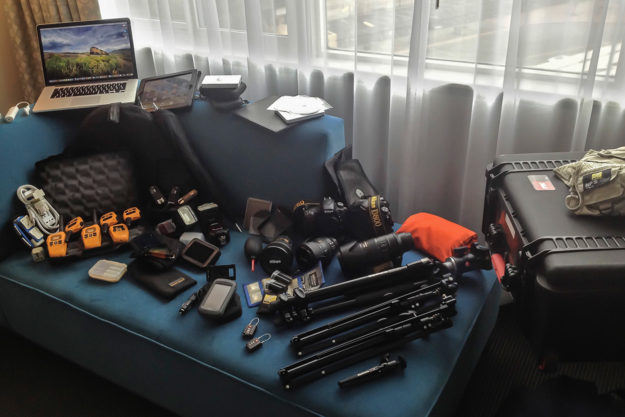
When do you return to the location, before the journalists arrive? Usually the crew arrives on location a week beforehand. There are a lot of things to do: check the Wi-Fi system for sending images, find photo locations, and record the route on paper and on the GPS.
We have to look for places to make U-turns before and after the corners where we want to shoot, and do test shoots—to figure out if the corner works, and if the images are compatible with the message that the customer want to transmit.
For example, for touring bikes we look for a corner with a beautiful landscape, or a nice ‘S road’ in the background. Or a particular view which makes you think of the journey. We then test the complete route with the same timing that we’ll get for the shoot.
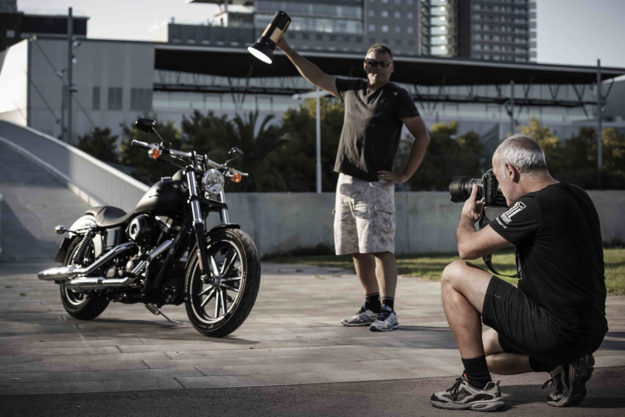
We also prepare the photo press kit. That means static and detail pictures, plus action and ambient images for every model. Afterwards we edit and post-produce all those images, preparing the press kit folders, preparing the GPS units, and setting up our car for the trip and the tracking shots.
All of these things happen under the client’s control and direction. Every day—sometimes twice a day—there’s a briefing. The photo crew needs to be concentrating and in focus every day!
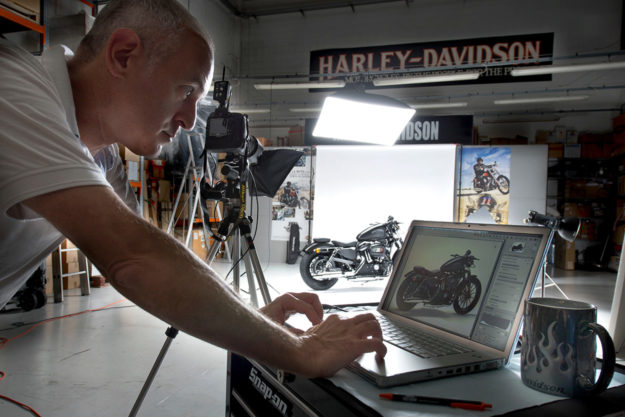
How many ‘photo stops’ do you work into a typical day of road testing? It depends: Logistics and client briefs often change a lot. Sometimes there are a couple of stops for tracking shots. Other times just one stop, with more passes.
Usually, I change position every pass, to be sure to have both sides of the bike, or vertical and landscape shots, or wide views and close ups. We need to have possible magazine cover shots, and double page photos.

How many photographers do you have on the ground at once on the average day? If you have only one model of bike, just a few journalists and enough time, then one photographer can shoot, sort, edit and upload pictures.
But in a situation with many new bike models and many journalists, we usually have two photographers. And very often we have a photo editor to help share and upload images. At major launches, we can be a team of three or four photographers, plus a couple of photo editors.
Many times, the biggest problem is managing the route: finding shortcuts on the road and safe places for the photo locations. You leave the hotel early, and you come back late. And sometimes you have extra assignments to do—so photo editors become your salvation. I owe thanks to the guys who spend up to three weeks in a hotel room in front of a Mac, editing and sorting images.
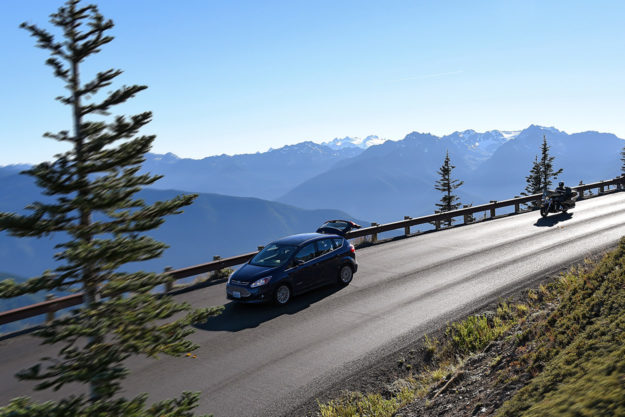
How many riders do you think you end up shooting, and how many photos per rider on average? Sometimes you have six to eight journalists, sometimes 16! So the range is really big. Usually, on a day with 16 journos, I personally shoot more or less 1,800 to 2,000 pics.
You need to edit your shots in a really short space of time? That’s correct! Don’t forget that after editing, you must resize images, rename every pic, then upload to a flash drive or a web archive. To achieve the client’s brand image you must work in a proper way—sharp and ordered.
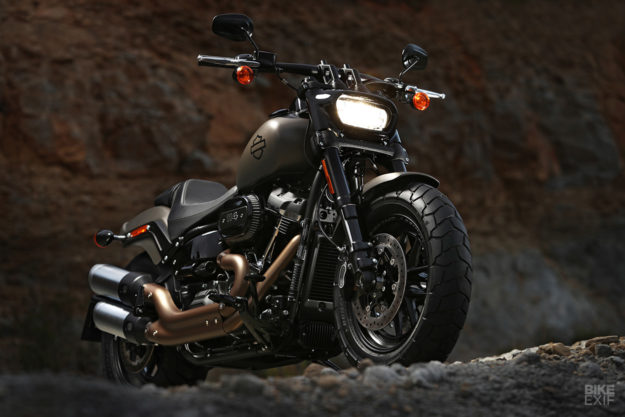
Have you figured out some shortcuts to make the process easier? Of course—you must be creative. We are organized with inverters, we bring with us our computer, and during the breaks, the waiting time, the transfers, we can work on downloading and selecting images. Also during the shooting—maybe you have to wait for a truck that’s coming through—during this time, you delete pics in the camera. That saves download and selection time.

Aside from the brutal editing schedule and the amount of running around, what other challenges do you face? Come on, it’s not a brutal editing schedule…it’s our passion! We know it’s hard—you have to push 150% every single day, you can have some unexpected issues—but it’s a great job. I’m lucky to be a photographer!
One challenge is when journalists, at the end of the day, ask you to do cover shots. That can be a big problem—a dirty bike, no good light left, no time left. But, coordinating with our client, we do our best.
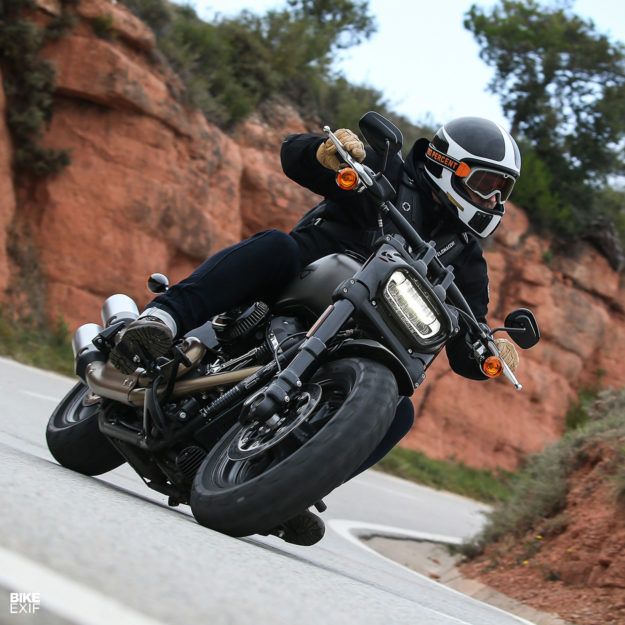
What equipment do you shoot with? I use Nikon equipment for most of my jobs—and rented equipment that gives me the best results for my client. In my team, two other photographers use Nikon, and five use Canon. But we use the same settings for editing the images, so at the end we have exactly the right balance between the different original files.
What’s it like traveling with that much gear? Sometimes it’s not so easy. You’re moving around the world with things that cost a lot of money, and you have to carry a great weight with you. If you are lucky and you can have insurance, you are more calm. But sometimes you have problems at the airport with weight and size—it becomes a discussion.
But in the end, if my photo bag moves with me, that’s fine. If not, it’s a war!
Stefano Gadda Photography | Instagram
